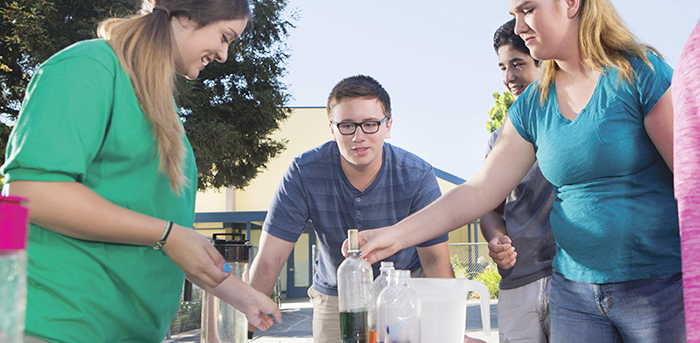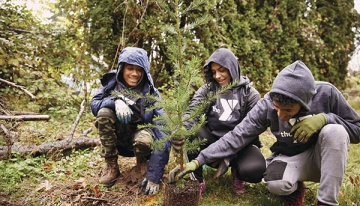How to be an Ally for LGBTQ Teens

1. Learn the importance of terminology
The first step in being an LGBTQ+ Ally is understanding the usage and implications of language used to talk about individuals who identify as LGBTQ+ and the challenges they face. Words are indeed powerful, and our usage and motivation for using them matter very much. Most people generally want to use the correct terminology, but don’t always know the definitions. The Human Rights Campaign is an extremely helpful resource that provides an extensive Glossary of Terms.
2. Practice using preferred gender pronouns and respecting self-identification
The decision to share one’s self-identity is a personal choice. This applies to multiple dimensions of diversity, including gender and gender identity. Though we can make every effort to create safe spaces for self-identification, it is still up to the individual teen to openly share their identity. Therefore, you should be mindful to not push individuals to definitively indicate one way or another.
The best way to create space for self-identification is to model using inclusive and gender-neutral language when talking about yourself and others. For example, indicating your preferred pronouns when introducing yourself and inviting others to share their preferred pronouns (and honoring those preferences).
Because gender is a dimension of diversity where individuals self-identify, here are some additional things to keep in mind:
- There is no conclusive list of all possible pronouns.
- It is possible that an individual might change their pronouns.
- When in doubt, or if you are not sure how to address an individual, make sure to ask for clarification from the person. Don’t make assumptions.
For more information on usage of pronouns, check out this resource from GLSEN.
Looking for more tips and support?
For questions or additional information on how to ensure the greatest possible inclusion for all, feel free to contact [email protected].




